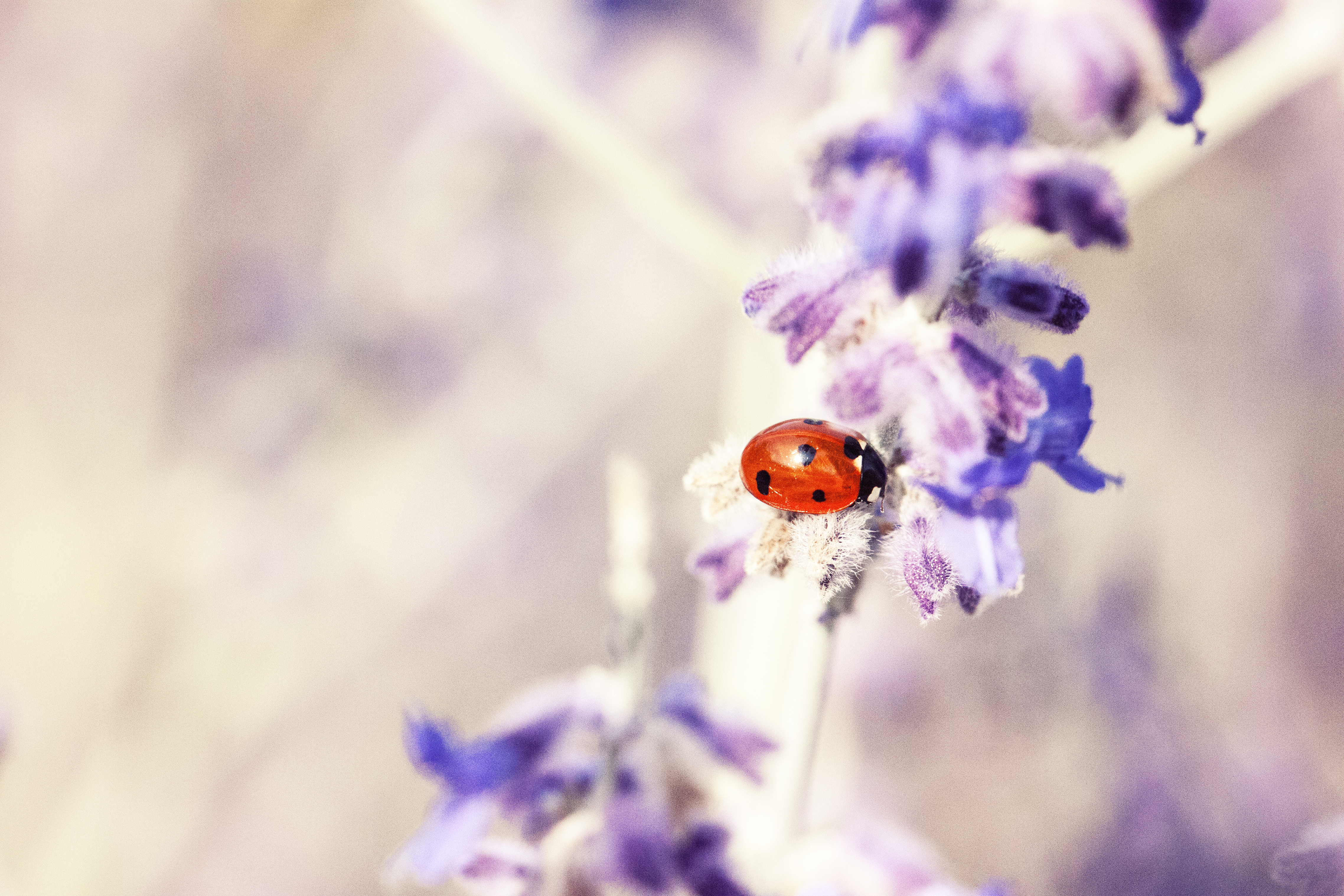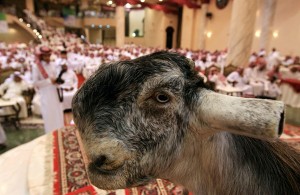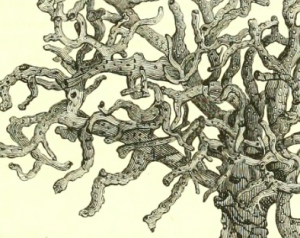Good Luck Symbols Around The World: Could The Myths Be True?
According to statistics published by National Geographic, we become less superstitious the older we get. When they’re younger, as many as 59% of Americans hold some form of superstitious belief. This drops to 44% at 31-50, and just 35% of over 50s. However, these figures mean that more than one-third of the population, at any age, are superstitious, which means that good luck charms still have their place.
Of course, different cultures and countries often see things differently, anyway. Various types of charms, talismans, and amulets are now symbolic of good luck, and many people take this very seriously. Some are unique to certain areas of the world, but others are fairly universal. Here are just a few symbols that are internationally considered to be lucky.
Ladybugs
Image Source
In German, Italian, Russian, Turkish and Serbian folklore, the ladybug represents happiness and good luck. This may be because an old Serbian song that talks about the luck it can bring to children. Killing them apparently brings bad luck, even if it is by mistake.
According to legend, this is because they have long been championed as crop defenders by farmers. Even today, specialist magazines, such as Modern Farmer highlight how beneficial bugs like ladybugs, lacewings and pirate bugs are to gardens and crops.
Lucky Cat
Across Japan, China and other parts of Asia, you may well be familiar with the beckoning cat symbol, known as maneki-neko. The figurine depicts a cat (usually a calico Japanese Bobtail), and it appears to be beckoning with its paw. Many have are electrically powered these days, to physically show the cat doing the beckoning. They’re often found in shops, restaurants, or people’s homes.
Legends are very important in China and in Chinese culture, which is perhaps why they find the cat so lucky. It is said that good fortune and prosperity will come to people, because the cat, quite literally, makes visitors and guests come inside. They also say that in order to receive the good luck that this cat statue brings, you’re supposed to wave back. In Cincinnati, Ohio, there’s a Lucky Cat Museum that features over 1,000 versions.
Horseshoes
Most people know that horseshoes are said to be lucky, because they’re all over popular culture. But do you know why? Strangely, they’re said to ward off evil goblins, who were thought to bring misfortune to villages such as infertility and kidnappings. According to these tales, goblins were afraid of certain metals, including those that the horseshoes were made of.
The shape apparently made it doubly scary, reminding them of their enemy, the Celtic goddess of the moon, Rhiannon. Of course, in the 21st century, when we use horseshoes for luck, we aren’t trying to get rid of goblins at all. According to online casino sources, horseshoes were used as a symbol for the first slot machine, for example, and continue to feature everywhere from TV to your cereals today.
Statue Of Juliet
The statue of Juliet in question is in Verona, Italy. Of course, Shakespeare’s classic tale – Romeo and Juliet – has brought fans flocking from all over the world to see it. Although this is rather strange, given Juliet’s untimely, tragic end, it is said that rubbing the location where her heart would be found helps visitors in their quest for luck and love.
Maybe it’s no surprise; the Romeo & Juliet film took in $147.5 million at the box office (and you can still buy it on DVD). The tale’s popularity on film has romanticised the play, but, in fact, the story seems to predate Shakespeare’s version, with an Italian tale that dates back to at least 1562. In fact, the statue had to be moved to Museum Castelvecchio to be restored and displayed in 2014, because the constant touching of it by tourists had caused some cracks to appear.
Wood
Image Source
Knocking on wood is a superstition that captivates people all over the world. It’s said that we do so to chase away spirits, or to stop them from listening when things are going well and trying to turn our good fortune against us. However, with Russia being such a vibrant country with so many interesting things going on, they like to go that one step further! In Russian tradition, after you knock on wood, you are supposed to spit over your shoulder three times, to your left. The devil is always depicted to the left, historically, and so you are said to be spitting on him!
Van Mieu (Temple of Literature)
In Hanoi, Vietnam, students have a very different way of getting luck for their studies. When exams come up and studying isn’t quite enough, they come to touch the heads of a number of tortoises in Van Mieu. In fact, there are 82 of these statues in total in this Temple of Confucius, which means they’ve got a lot of petting to do! They do this so often that their heads have actually become soft, due to repeatedly being touched.
The Albatross
Birds are majestic creatures, but did you know that some are said to bring luck, too? Scientists say there are between 9,000 and 1,000 species, so obviously, this can’t be true of them all. However, according to sailors, seeing an albatross brings very good luck indeed. On the other hand, killing an albatross is an omen, and a metaphor for a burden on the seas. If you are familiar with Samuel Taylor Coleridge’s “Rime of the Ancient Mariner,” you will know that this did not bode well for them at all.
Charging Bull
Here in America, we have some slightly odd traditions when hoping for luck, too. In New York, it’s said that if you touch the nether regions of the Charging Bull statue, you’ll be blessed with good luck. However, it’s probably important to note that this is on Wall Street, so there’s a possibility that at some point, the luck well and truly ran out!
According to psychologists, there may actually be some truth to good luck charms. No, it’s not supernatural, in their opinion: a belief or reliance on them can actually to help people achieve greater things in life. Whether this is because they work, or whether it’s because people believe in themselves more when using them, we can’t say for sure. But if they make you feel better and help you to achieve happiness or your goals, then who is anyone to stop you?



















